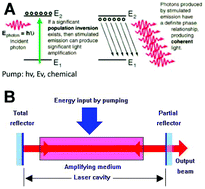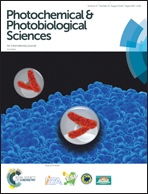Photobiomodulation: lasers vs. light emitting diodes?†
Abstract
Photobiomodulation (PBM) is a treatment method based on research findings showing that irradiation with certain wavelengths of red or near-infrared light has been shown to produce a range of physiological effects in cells, tissues, animals and humans. Scientific research into PBM was initially started in the late 1960s by utilizing the newly invented (1960) lasers, and the therapy rapidly became known as “low-level laser therapy”. It was mainly used for wound healing and reduction of pain and inflammation. Despite other light sources being available during the first 40 years of PBM research, lasers remained by far the most commonly employed device, and in fact, some authors insisted that lasers were essential to the therapeutic benefit. Collimated, coherent, highly monochromatic beams with the possibility of high power densities were considered preferable. However in recent years, non-coherent light sources such as light-emitting diodes (LEDs) and broad-band lamps have become common. Advantages of LEDs include no laser safety considerations, ease of home use, ability to irradiate a large area of tissue at once, possibility of wearable devices, and much lower cost per mW. LED photobiomodulation is here to stay.

- This article is part of the themed collection: Lasers in medicine


 Please wait while we load your content...
Please wait while we load your content...